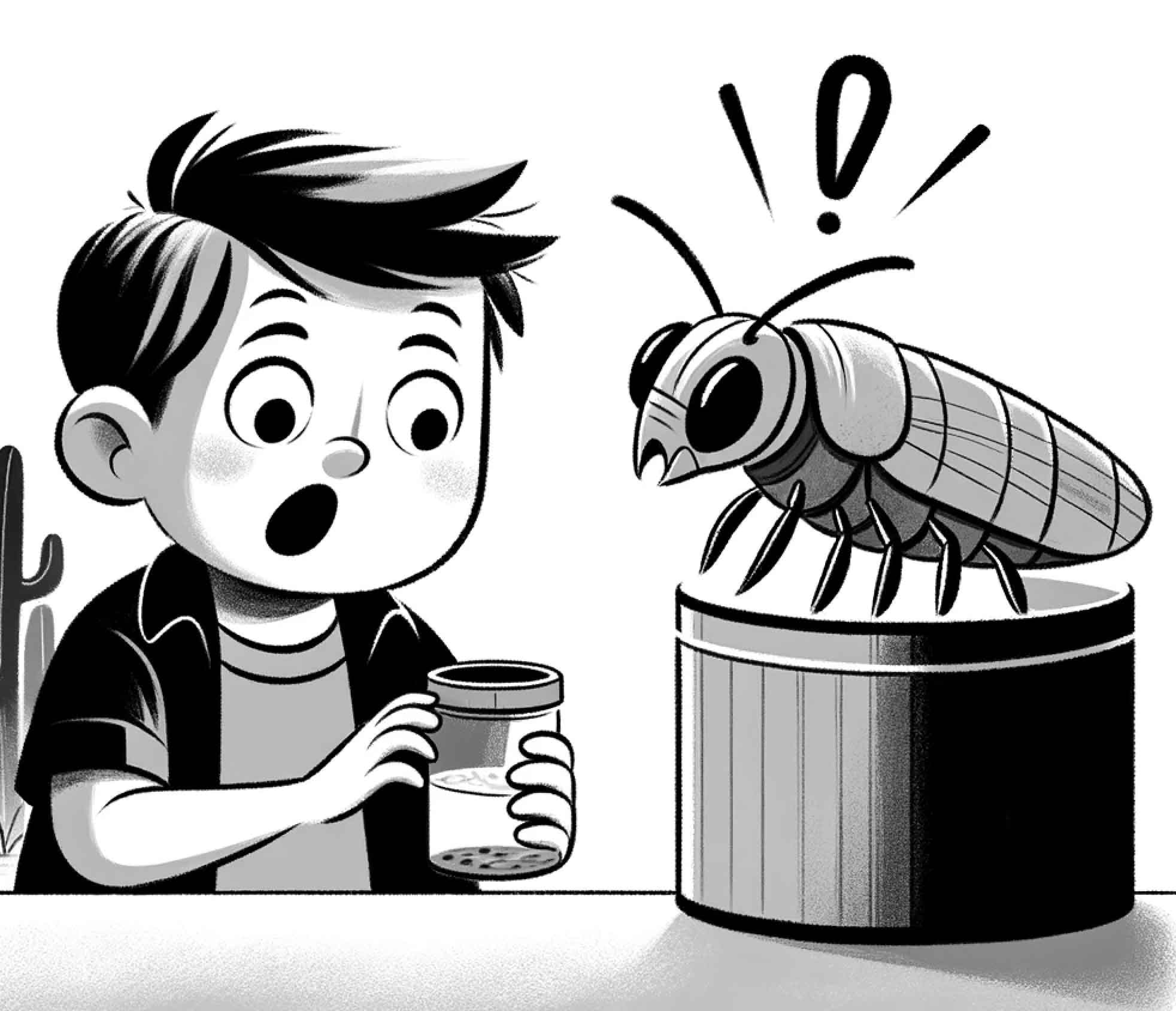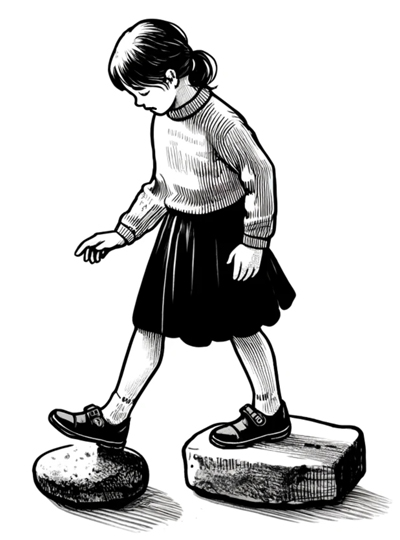Generalised anxiety – before it becomes a disorder
Generalised anxiety is an important point to talk about here. It’s a type of anxiety, but slightly different as it’s not fixated on one sort of occasion.
But you can definitely intervene in a few ways to help your child before it gets serious enough to need a GP visit.
On the other hand, official Generalised Anxiety Disorder (GAD) is diagnosed after a consultation with a medical practitioner, as I mentioned over on this page, and means your child is then involved with professionals and, possibly, medication and/or therapy.
You need to consider which approach is in the best interests of your child at this moment.
This can depend on how long the generalised anxiety has been going on, for instance.
If you’ve noticed your child getting increasingly anxious in the “worrying about everything” fashion – but it hasn’t been going on long and you haven’t yet decided to approach a doctor – I’m offering a few ways to help.

Generalised anxiety is a bit difficult to recognise at first and assess. So just try these out and see if they make a difference. Your child’s quality of life matters. Putting these ideas into practice can certainly help right now if you:
- Take the approach that your child is feeling unsafe in lots of ways (not your fault at all!) and act on that.
- Help them deal with individual anxieties as they arise (although you may find this tiring due to there being a seemingly endless stream!).
- Offer general help with a technique we call cognitive diffusion but which (more understandably, actually) used to be called cognitive distancing.
- Take a serious look at how everyone in your family deals with stress and worry on a daily basis – including how they react to your child’s worries.
I’ll deal with each of these points in turn to explain them more fully.
Ideas to help lessen generalised anxiety
*Understand your child feels generally unsafe
If you think about a baby starting out and needing to survive and feel safe, one thing jumps out: they don’t have the ability yet to do it on their own.
Their brain hasn’t developed enough. Their body is still dependent.
So they yell and cry for help. Later, they come running back to “the clan” to protect them when they’ve been out exploring a little and got scared out of their wits.
They’re triggered by (first) hunger and thirst and fears of desertion, and (later) by scary events that their immature brains (aka “their wits”!) aren’t able to think about properly yet. Generalised anxiety is quick to arise.
In both cases they can’t regulate their emotions themselves so they press the panic button and an adult does it for them.
When your older child starts getting anxious about a lot of things (ie generally anxious and not necessarily about any one thing in particular), they’ve somehow let that immature brain take over and trigger unnamed fears and terrors and a need for safety and help.
It’s obvious that they’re going to need an adult to help them get their own brains back in control so their development can continue on a more useful track.
Saying “snap out of it” or “don’t be such a baby” is not going to help! (I know you wouldn’t do that, but it makes the point!)
So supporting them to do the activity or think of a solution (instead of letting them avoid it) is going to build up their age-appropriate coping brain again, whatever caused it to backtrack.
*Help your child deal with individual anxieties as they arise
There are many ways of helping with individual events scattered throughout this site. There will be identifiable elements even in generalised anxiety if you catch it soon enough.
Settle down for a good browse here and pick a few that seem suitable for your child. If in doubt, head to the strategies pages or the CBT page as a starter.
*Offer general help with a technique we call cognitive diffusion
Generalised anxiety usually means your child responds to each worry as it comes up. Cognitive diffusion is one way to allay that immediate response.
When cognitive diffusion was referred to as cognitive distancing, it made more sense: putting a distance between us and that anxious thought. Diffusion of a coloured liquid throughout some water doesn’t spring to mind so readily! But it does explain what’s needed: dilution of power.
You need some specific strategies to “disempower” this generalised anxiety. Marina Harris lists them well in a Psychology Today post. But I’ll add them here in my own words too:
1 Help your child to “notice” their anxious thought in any situation. Get them to start using the word “notice” to tell you about it.
Feeling anxious about a squabble breaking out in the playground is very different to: “I noticed the kids were starting to squabble.” Why? It separates your child from the event – even by a smidgeon. In that space they can think a little about their feeling and why it arose inside them.
2 Another strategy is for your child to say how long they’ve had that thought: “I’m always scared of the ski lift in case it breaks. I’ve thought that for 8 years.”
That little gap – created by naming how old the thought is – gives a tiny hole in which your child can assess the evidence for the fear. Real? Imagined? Did it ever break? Thoughts are just neurons firing! Not necessarily “truth”.
3 Harris’s last idea for diffusing worries is not one I’d come across before (too recent!!), but it sounds good. She suggests imagining the thought as a pop-up ad on a website.
You simply notice the X in the corner of the worry-ad (in your mind) and click it off. Gone! She says you can also verbally name it as spam. You’ve taught your child not to click on spam links or emails. So help them think of anxious thoughts in the same way and click that X – if you reckon that "pop-up ad" idea is one they will resonate with.
Certainly if worries are generalised and frequent, this is a good ploy to delete a few mentally.
*Look how other family members deal with anxiety
This is a difficult thing to do. But let’s give it a try, without blaming ourselves! Sometimes there's an atmosphere of generalised anxiety in the family simply because times are tough.
- Do you talk overmuch about the bad things happening in the world? (Your child doesn’t have your understanding and will simply pick it up as worry, not discussion.)
- Do you, the parents, immediately think the worst will happen when you book a flight? (Yes, flights get cancelled and holiday plans altered, but maybe add in out loud how you prepare for such things as well – your child models what they hear.)
- Do you often (without meaning to) give the impression things are black or white, right or wrong, good or bad? If you child (instead) gets used to hearing a range of views about things, they’ll pick up a range of ways of responding when things worry them instead of having to decide whether something is exactly one way or another.
- Do the members of your family react in a way that validates your child’s worry and allows them to skip the occasion or carry out the rituals (see this page) they use to help them through? Acknowledging that you notice they’re worried is fine – in fact, good and helpful, as they'll feel heard – but allowing the worry to alter what they and all of you do is not so helpful. It confirms to your child there really was a need to worry!
It’s a strange thing to get a handle on, but our children really do see us as role models! However much they chaff against our rules and instructions. However much they disrespect our choice of music or clothes as they grow older!
It’s like osmosis – our way of doing things creeps into their blood stream because we seem “stronger” and have more experience of life than they have. So they copy us. For better or worse.
The solution is, of course, to change how we do things, and that, too, will rub off on them!
It’s worth a try if it helps prevent the need for a GP consultation because your child is getting too anxious and you're concerned about how that's affecting their wellbeing.
Do you have a toddler who often cries anxiously?

When you've tried the usual things like hunger, thirst and injury – and BEFORE your child gets to the totally distraught stage of crying – try this.
Get down to their level and cuddle them close near your shoulder (pick them up if they're still small enough!) and use one of your hands, nice and flat, to gently pat/tap their back rhythmically.
Try to go the medium-to-slow speed of a heart beat. Even if you're talking to them quietly ("it's OK, you're upset, I'll look after you"), you'll find the rhythm of the patting calms them down pretty quickly.
You're settling the primitive bits of the brain that are distressed and need an adult's intervention. You may never find out why, but you've removed the immediate anxiety.
It also prevents them learning to live with the toxic influence of too much cortisol running round their body.
If you'd like to read some more strategies that involve tapping, have a look at THIS section in Strategies.
Do you like to read a book with activities?
This book is good. It was published just now (as I write in June 2021) and even has a chapter on any Covid-19 worries your child might have.
I've bought it and read through it. I approve of the activities and thoughts expressed – and Lauren is a top psychologist based in Australia.
If you're the sort of parent who likes printed something to hand, then this is good for generalised anxiety before it gets serious enough to need professional input.
If you do decide you want your child to work with a therapist or counsellor, please see my help page for advice on how to do that safely.



